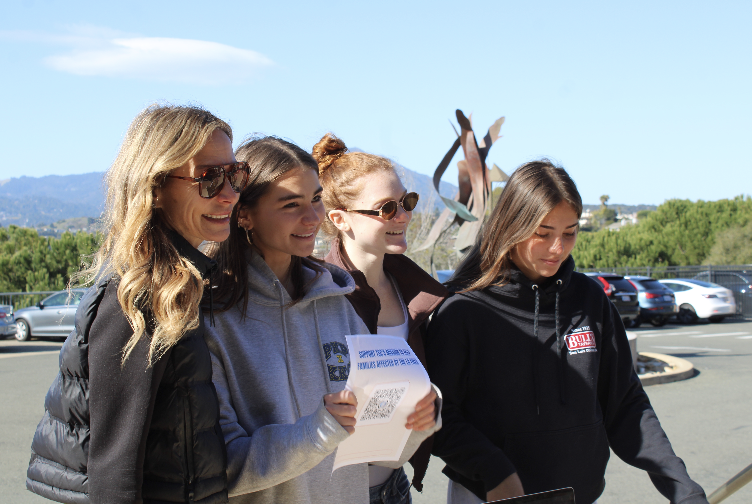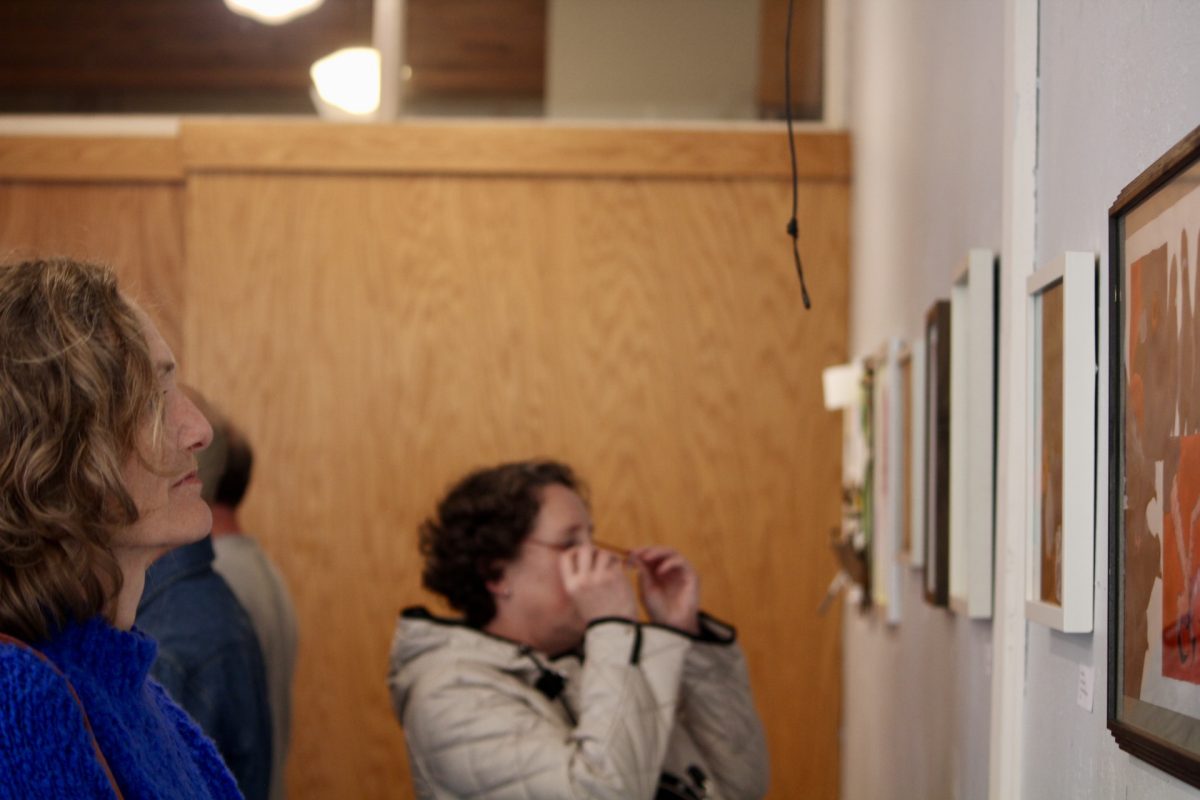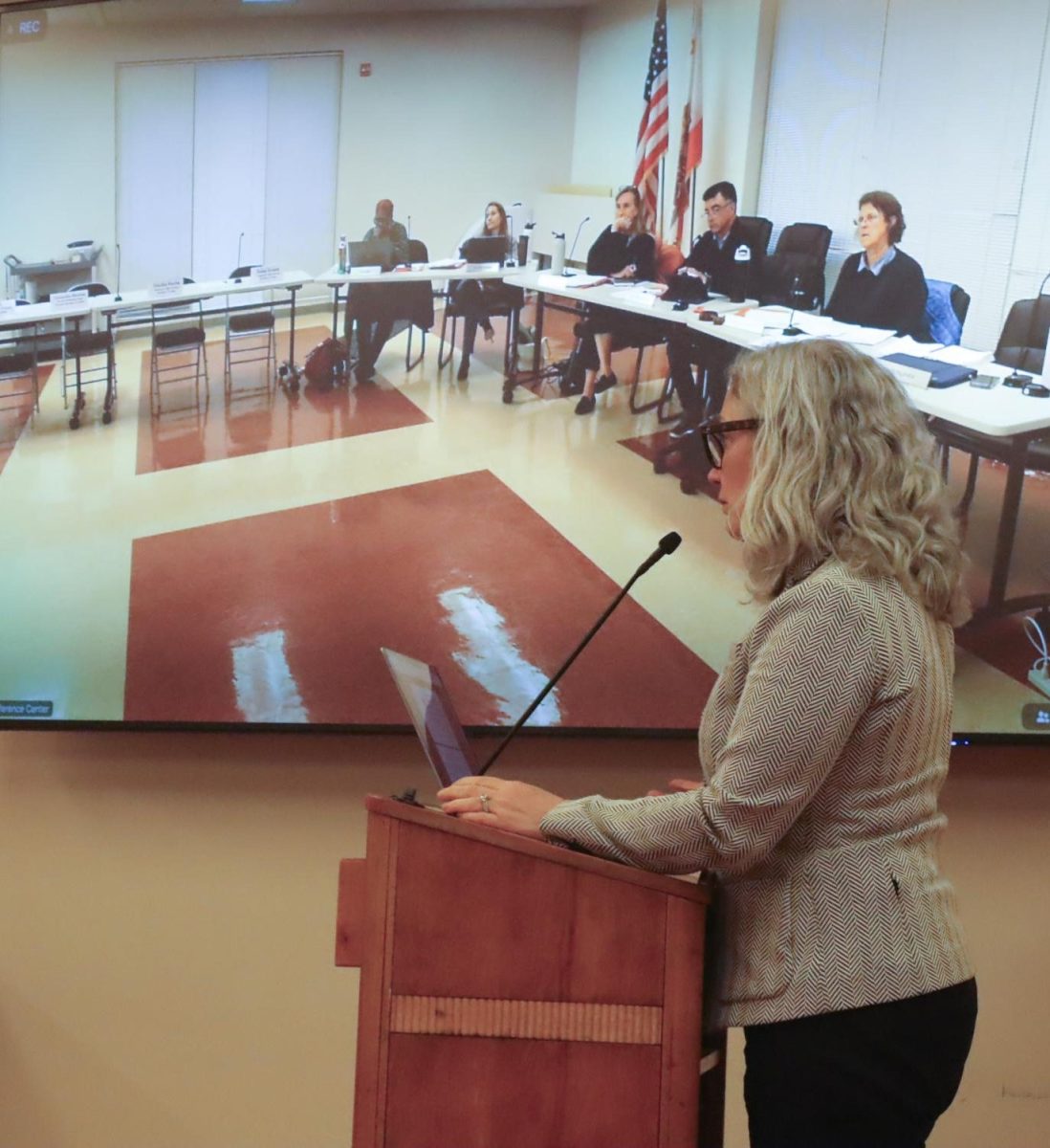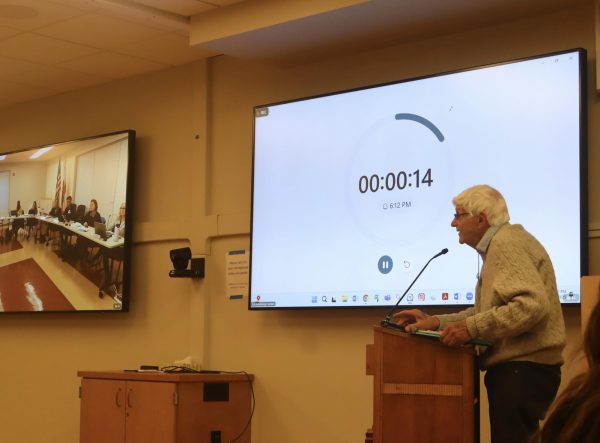On Sept. 28, a group of 83 private and public colleges and universities announced their plan to form The Coalition for Access, Affordability, and Success, a new system for applying to college.
The Coalition application is designed to provide more access to colleges and universities, especially for low income students. It will incorporate an application for seniors applying to the Coalition schools, as well as a “locker” feature, which will allow students to store information, projects, and essays about themselves beginning their freshman year. The schools within the Coalition have promised to make education more affordable, and help streamline the application process when it comes to both admission and financial aid.

The Coalition’s online tools, such as the digital portfolio and a collaboration platform—a resource which will be used to make communication between students, counselors, teachers, and mentors easier and more efficient—will be available for use beginning in April 2016 for freshmen, sophomores, and juniors. Beginning in the summer of 2016, the college application portal will be available for use by Redwood’s incoming senior class.
According to the The Coalition for Access, Affordability and Success, although it will be an alternative application to the Common Application, the participating schools will continue to accept applications filled out through the Common Application, much like many schools accept either the SAT or the ACT.
College and Career Specialist Paula Vantrease recently heard about the Coalition at a conference, where only limited information about the new application system was provided.
“They’re trying to provide access to all students. It’s not just the application piece, it’s going to be more than that,” Vantrease said.
Vantrease said she’s in support of students keeping an ongoing list of their activities starting their freshman year, as it is helpful to have this information on hand for both college and job application processes.
“When you do [the activity] is the best time to record [it] instead of sitting down in your senior year and saying, ‘Okay what did I do in my freshman year?’ and trying to remember everything,” Vantrease said.
Currently, among the 83 colleges and universities planning to use this new application are the Ivy League schools and other well known institutions, such as Stanford University.
Vantrease said it is unclear why these schools are pulling away from the Common Application. However, she said that some colleges were disgruntled by the changes made to the Common Application three years ago.
In an interview with the Los Angeles Times, Stanford University’s Dean of Undergraduate Admissions and Financial Aid, Richard Shaw, said the changes made to the Common Application in 2013 created a variety of technical difficulties for colleges and students during the application process, which was one reason that drove some colleges to look for an alternative.
Additionally, the platform of the Common Application is more uniform across all of the participating institutions. The vague nature of the prompts, combined with the strict word limit, was another revision that was implemented in 2013 that has been criticized, as it made the application more homogeneous among schools.
The Coalition, however, will allow colleges to make their individual applications more distinct and have unique features, such as submitting a video in place of an essay, or other alternatives to the traditional application form.
While the Coalition is currently comprised of more than 80 colleges and universities, it has been inviting other schools, both public and private, to join the new application system.
The University of California school system, a public institution, was also invited to join the Coalition. However, they denied the offer, stating that this would interfere with the abundance of transfer students who they accept each year, because the new application system does not have tools for evaluating community college transfers.






